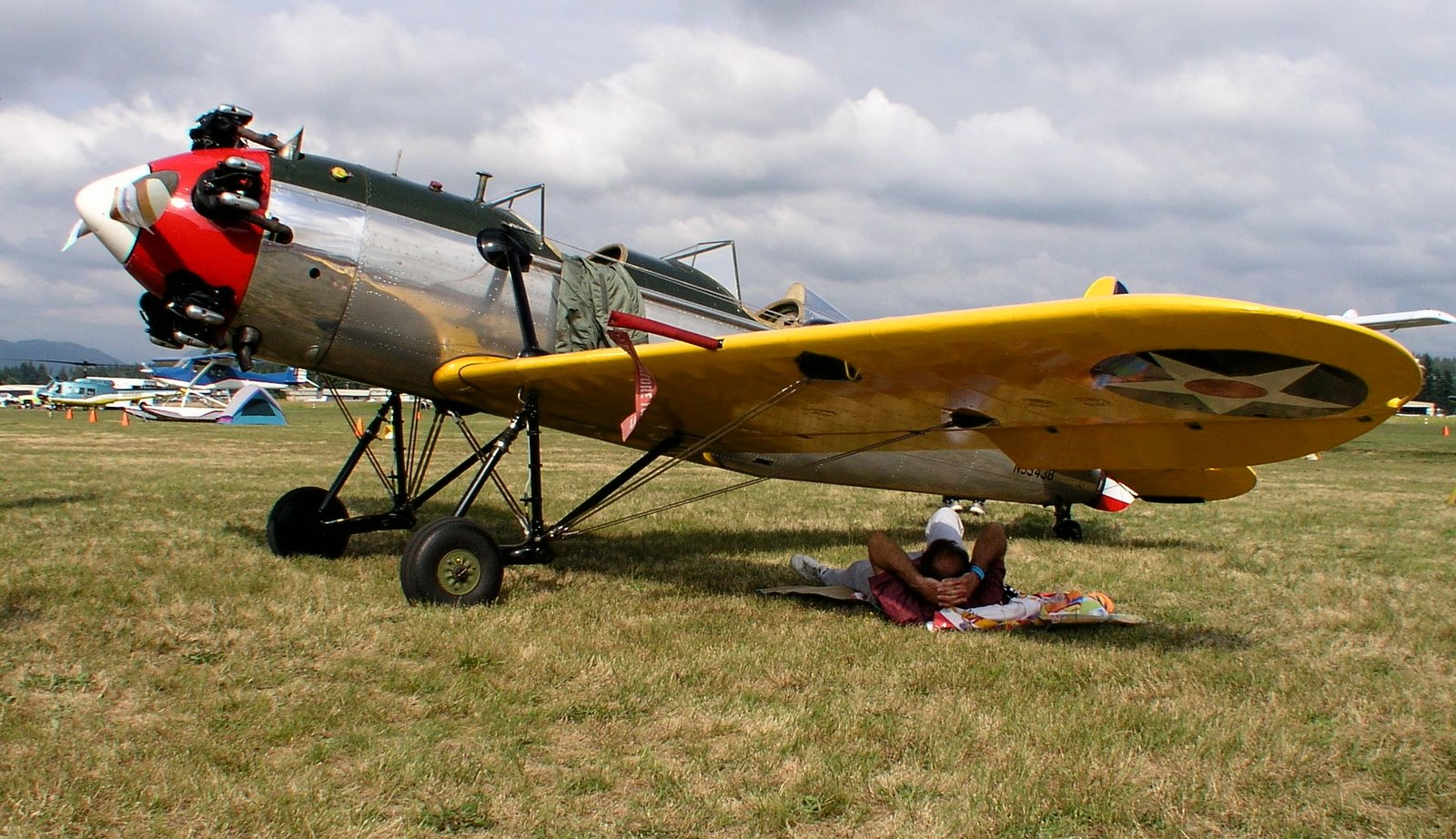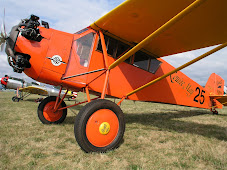“There I was upside down, hanging by my chinstrap”...and so the story went about deeds of daring. If you are lucky enough to have been around a group of pilots from the 30’s, 40’s and 50’s you might have heard some tall tales about flying. True, some of the tales strained the limits of truth, but many had good lessons woven into them.
In the first 5 years of my flying all of my flight instructors were service veterans. They had served this country in WWI, WWII, and Korea.
There was a wheat farmer named Lew; a short, cocky, profane, but very knowledgeable guy with a nose, my mother once said, belonged on a hawk. A WWI aviator he’d flown with Eddie Rickenbacker in the 94th Aero Squadron and had four kills to his credit; his eyes never stopped looking for some place to put the airplane down if the engine quit. “Always be lookin’ kid- and make every preflight the best-‘cause you never know when something will break.”The memory of those engines behind which he had flown in the first world war still haunted him.
Cliff flew B-17’s, survived every mission to gain a command and come home to teach others. Later he became the executive officer of the Washington Air Guard and ran a thriving aerial application business. He could tell you were having a bad day by the way you walked. He had a million dollar smile and would stand off and watch you, judging everything you did. Once he was satisfied he would make a comment here or show a procedure there and was always spot on. He was not afraid to give me a chance to prove myself working a Stearman over wheat and pea fields of Southeastern Washington state. Thanks, Cliff.
Bill, the best pilot I ever knew, had raced motorcycles before the war. He had little education-but raw skill- and talked his way into the right seat of a B-17. He got four missions out of the way when they took a direct hit over Austria; he spent the last two years in a Stalag. Now he’d instruct once in a while when the crop dusting was thin-if I could stand the cigar that seemed to be always clenched between his teeth. To this day, I don’t know how I was able to keep my stomach down training with him in that Luscombe 8E for my commercial maneuvers while the smoke from his El Roy Tan cigar in the cockpit brought the visibility down to less than three miles.
Dale was in the South Pacific moving from island to island fighting the enemy, heat, and the tropic illnesses that plagued him for years after. Yet, he was a gifted instructor and mechanic, you always got an in-depth discussion of what and why you were going to do-before you did it. He was patient but he would suffer no fools- you learned or else. Thank you.
Finally, there was Boyd, a former Marine that had been in the “Frozen Chosan” at the age of 19 and fought his way out. A taciturn man that never spoke before he had his morning coffee, he loved flying, was a patient teacher, and was trust worthy and a gentleman in all ways. He never went to the airlines as he’d dreamed for he had no degree nor was he a military pilot. He stayed doing what he did best-being a champion instructor and leader- training more than two thousand students, and later moving on to the FAA; then chief pilot of a regional airline. With everyone he demanded intelligent and safe flying. His students learned, followed his example, and all thought highly of him. “Semper Fi” Marine.
If there was a single thread from one to the other it was their common sense approach to flying. Even though each was skilled and in some way had helped write history, none of them would pass for the “Ace of the base”. If there was a type "A" personality in them the "A" part sat on the sidelines when they flew.
Three of this group made their living crop dusting in Oregon and Washington State; however, they looked at every facet of each job and took nothing by chance. Each man over his career acquired thousands of hours and lived to a ripe old age. Now, I ask you, could that be the key to safe flying, take nothing by chance?
Thanks for dropping by,
Mike
Subscribe to:
Post Comments (Atom)


No comments:
Post a Comment